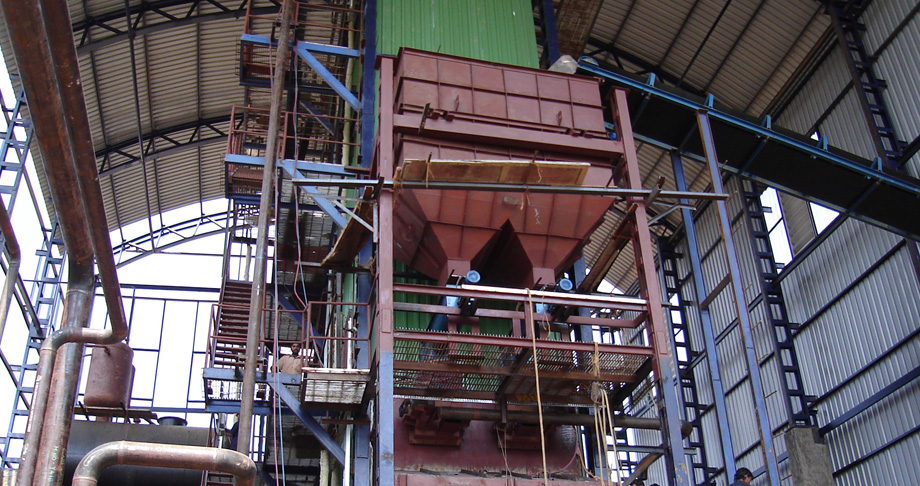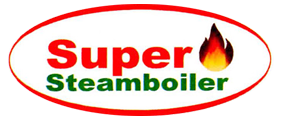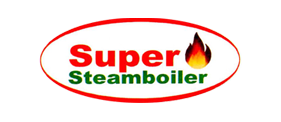Water Tube Boiler Manufacturers And Supplier

Water-tube boilers differ from shell type boilers in that the water is circulated inside the tubes, with the heat source surrounding them. Referring back to the equation for hoop stress (Equation 3.2.1), it is easy to see that because the tube diameter is significantly smaller, much higher pressures can be tolerated for the same stress.
Water-tube boilers are used in power station applications that require :
However, water-tube boilers are also manufactured in sizes to compete with shell boilers.
Small water-tube boilers may be manufactured and assembled into a single unit, just like packaged shell boilers, whereas large units are usually manufactured in sections for assembly on site.
Many water-tube boilers operate on the principle of natural water circulation (also known as ‘thermosiphoning’). This is a subject that is worth covering before looking at the different types of water-tube boilers that are available. Figure 3.3.2 helps to explain this principle:
Cooler feedwater is introduced into the steam drum behind a baffle where, because the density of the cold water is greater, it descends in the ‘downcomer’ towards the lower or ‘mud’ drum, displacing the warmer water up into the front tubes.
Continued heating creates steam bubbles in the front tubes, which are naturally separated from the hot water in the steam drum, and are taken off.
However, when the pressure in the water-tube boiler is increased, the difference between the densities of the water and saturated steam falls, consequently less circulation occurs. To keep the same level of steam output at higher design pressures, the distance between the lower drum and the steam drum must be increased, or some means of forced circulation must be introduced.
Water Tube Boiler Sections
The energy from the heat source may be extracted as either radiant or convection and conduction.
The furnace or radiant section.
This is an open area accommodating the flame(s) from the burner(s). If the flames were allowed to come into contact with the boiler tubes, serious erosion and finally tube failure would occur.
The walls of the furnace section are lined with finned tubes called membrane panels, which are designed to absorb the radiant heat from the flame.

